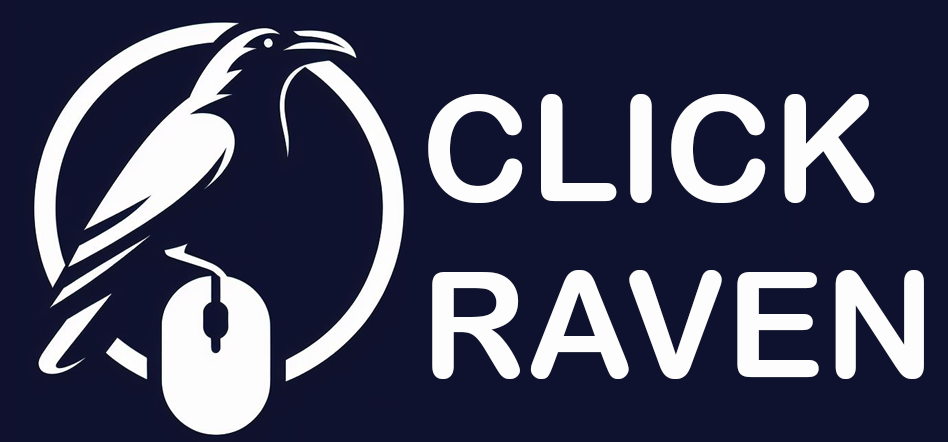With a content strategy for your website, you can direct all your content creation efforts toward one common goal. If you need a content strategy, you can quickly create content haphazardly, with no idea what it’s supposed to achieve for your site. You will know what content your audience enjoys with a comprehensive approach.
In this article, we shall discuss what a content strategy is, why you need one, the information you need to create one, the elements of a good plan, how to build one, and three examples of content strategies we like.
Let’s get started.
What Is a Content Marketing Strategy?
A content marketing strategy is a plan that helps you connect with people and grow a loyal audience by creating, publishing, and distributing different types of content (including blog articles, social media posts, ebooks, and more). To make a good content marketing strategy for your website, you need to pay attention to what has worked in the past and identify what has yet to work so you know what to tweak in the future.
Why Do You Need a Content Strategy for Your Website?
A good content strategy can benefit you and your website in many ways. Here’s why developing an excellent content strategy is a good idea.
1. Boost your SEO
Developing a content marketing strategy allows you to boost your SEO. Building a strategy includes choosing the keywords and topics you want to target in your content when building your niche website. We recommend choosing high-volume, low-competition keywords, creating high-value content, and, as part of your strategy, publishing the content on your blog and distributing it in various other places.
Make sure also to read: The keyword research checklist for winning websites
2. Sales Enablement
Using your content strategically can help convert your leads into paying customers. If you can create content that appeals to your audience at different stages of a potential conversion process, you’re more likely to connect with them and close the final sale.
You see a potential customer who stumbled upon your website while wanting to learn more about a product or service before purchasing and has more likely been researching for a while. So, they are either almost at the purchase point or in the process of converting.
By addressing them personally, you’ll find it easier to convince them they need the program you are marketing. If they close, you earn your commission.
Think about your website like a sales tool, but don’t write salesy content. Craft your content strategy to guide you toward making the final sale.
3. Authoritativeness
An effective content marketing strategy can also help your audience treat you as the authority in your niche. When you haphazardly create content, your audience can almost tell you are working without a proper plan. However, a well-planned content strategy for your website can reap big rewards for your audience perceiving you as the go-to voice.
If they give you the mark of authority, they will buy more products from your recommendations and even stay longer on your website, learning more about other products. Remember that we are in the age of E-E-A-T (Experience, Expertise, Authoritativeness, Trustworthiness), where authoritativeness is a major Google ranking factor.
You can add authority to your content strategy by making sure that you address these things:
- Train your audience to use the products you are marketing. For example, create how-to tutorials and product guides with illustrations, images, and videos.
- Take time to find out how they feel about these products and if there are any features they may find challenging to use. Use surveys, comments, or feedback forms to hear from them. The feedback they provide will help you iterate and improve your content further.
What Information Do You Need Before You Develop a Content Strategy?
Before you build a content strategy that works for your website, you need to do some research. While you’re gathering information, you should aim to understand the following aspects of the business you want to build:
a) Get to Know Your Audience
Any content marketing effort aims to connect with your audience. You need to understand the people you’re producing content for; otherwise, you will need to figure out what to give them.
Take time to get to know your audience. Figure out what they like and what they don’t like. Ask them what content they’ve enjoyed seeing from you in the past. With a good survey, you can collect all the information you need to better serve your target audience.
b) Evaluate Your Current Content
Assuming that you created a lot of content before deciding to read about content strategy, you need to go back into the content you made for evaluation. Evaluating your current content is vital to getting on the right track for your future content.
What has worked well in the past, and what hasn’t? Which content generates more engagement and revenue for your website?
This information should help you decide what content to produce more in the future.
c) Study the Competition
Paying attention to the content your competition produces can inspire you as you develop your content strategy.
Study your competition and identify what they’re doing well. Likewise, this exercise can help you spot content gaps in your niche that you can fill by producing meaningful content to address those gaps.
4 Elements of a Good Content Marketing Strategy
To develop a good content strategy for your website, you must ensure it contains the following elements.
1. Brand Positioning
To create a consistent brand image for your target audience, you need to start by understanding your website as a brand. Ideally, you need to evaluate your brand, what it does well, and the environment it exists in.
Here are some questions you can ask yourself to develop a clear branding position:
- What do we do?
- What is our brand personality?
- Who is our target audience?
- What kind of buyer persona are we targeting for the products we are promoting?
- Which pain point(s) do we solve with our content?
- What is the competitive landscape like in this niche?
- How are our competitors creating their content?
- What do we do well?
- What can we improve?
The Kontely team encourages readers to treat their website as a company or a business. Grow yourself into a tiny brand in your small niche. A content strategy lays it out for you and directs you.
Read Also: Why is Content Marketing Important for Your Brand?
2. Value Proposition
You can only convince potential customers to buy products or services of the programs you promote if you have identified why those programs are worth the investment. It would be best to clearly outline what makes your recommended products or services better than others in the same niche.
Tell your audience what your products have that other products do not. If you can make a strong case for the company you’re promoting, you can push some sales to them and get your commissions.
To set yourself apart from your competition in the same niche, you must understand what they’re doing well and what you can do better.
Ultimately, you can always learn a thing or two from other content creators – regardless of how big their audience is. Here are some questions to ask yourself as you develop a value proposition for your website.
- Who is our audience?
- What do they want?
- Are we giving them what they want?
- Do we have proof that we’re giving them what they want (high engagement rates, more leads, a higher conversion rate, etc.)?
- What are our competitors doing differently?
- Are there gaps in the niche that we can fill?
3. Business Case
While content marketing is designed to help you connect better with your audience, it should also help you meet your website’s business goals. A business case can help determine whether your content marketing strategy will serve the business and your audience.
Ideally, a business case should be put together at the beginning of any project you embark on for your brand. It covers your proposal’s who, what, why, when, where, and how. By answering these questions, your website’s business case can help you decide whether the website you are running is a worthwhile investment.
Read Also: Crucial Metrics for Measuring Your Content Marketing ROI
What are your business goals—both short-term and long-term? In addition to defining these goals, you must prove that your content will help you achieve them.
4. Strategic Plan
A strategic plan helps you focus on your highlighted goals and how you will achieve each with the content you create for your niche.
Highlight who you are targeting (audience or persona) with your content and why you’re targeting that particular persona. Identify what it takes to appeal to this person with your content.
For example, if your website is about fitness, you will most likely be addressing people that want to stay fit, lose weight, or are just fitness junkies. That’s your audience. Your website will promote fitness products to that audience. It is best to create a strategic content plan that communicates to your audience, helps them learn why fitness is essential, and invokes them to purchase fitness products or services to reach their fitness goals.
Identifying how each piece of content contributes to your business’s goals can help you stay focused and accountable.
Let’s discuss developing a strategic content plan for your brand.
How to Create a Content Marketing Strategy
1) Analyze Your Audience
Your content strategy is designed to help you build positive long-term relationships with your target audience. For this reason, it’s crucial to understand these people before you do anything else. Aside from understanding their needs, building a buyer persona to guide your content efforts would be best.
How to Build a Buyer Persona
Developing a buyer persona will help you understand your audience’s needs and motivations. Even if you’ve done this before, it’s still helpful to do it again. After all, a changing economic environment, such as the one caused by the COVID-19 pandemic, can change consumer attitudes.

A buyer persona is a hypothetical representation of the kind of person you hope will buy the products you’re promoting. To develop a compelling buyer persona, it’s essential to clarify these critical points about your ideal buyer:
- Lifestyle: job, hobbies, and family life.
- Demographics: age, income, gender identity, and location.
- Communication habits: preferred social media platforms.
- Pain points: problems they face in their everyday lives.
- Goals: what they hope to achieve.
- Your solution: how can the products you promote help them solve their pain points?
While it’s crucial to construct a buyer persona, it’s also essential to understand the process your audience goes through from the moment they stumble upon your review or guide to when they make a purchase. This is known as the buyer journey.
How to Use the Buyer Journey
A potential customer for your products will go through a standard set of steps as outlined in the AIDA model:
- Awareness: when a potential client first becomes aware of the problem they must solve and has just heard about the products available in this niche.
- Interest: The potential client starts to evaluate whether the solution the product or service offers is a good fit and begins comparing their options.
- Desire: the potential client starts to evaluate the value your solution will add to them or their business.
- Action: the potential client makes a purchase decision and pays for the products.
Beyond simply understanding the steps above, knowing what kind of content you should give your buyers at each step is essential. By giving them the content they need when they need it, you can guide them further along the path to becoming a paying customer and a referral of yours.
2) Set Your Goals
Once you’ve understood the kind of customer you want to reach, you need to set goals for your content marketing. Are you hoping to increase engagement? Do you want to boost traffic to your website or get more contacts for your email marketing process? Or do you want to boost sales?
Setting 3 or 4 SMART goals can help direct your content strategy and keep you focused on the most important goals. You need to set goals to measure the outcomes of your content marketing.
3) Set Your Kpis
While Key Performance Indicators (KPIs) can seem very technical and out of reach, setting SMART goals also helps you to set clear KPIs. Your KPIs will generally have a metric attached to them to help you determine whether you hit your goals. For example, you might’ve decided you want to:
- Hit a specific sales and revenue target.
- Get more signups for your lead magnet.
- Boost website traffic by a particular amount.
- Increase engagement with your website content.
- Generate more engagement on your social media channels.
- Earn specific mentions in the media and by other thought leaders.
- Attract a particular number of partnerships with influencers and thought leaders.
- Improve the SEO ranking for some of your content to improve overall SEO.
Read also: How to Rank Your Website Without Backlinks
Once you’ve set specific, measurable, attainable, realistic, and timely goals, it’s easy to set and use KPIs. Measure your goals against the outcomes and decide how you did. Find out the challenges if you need help meeting your goals. This might be a good indication of which goals need to be adjusted next time.
4) Perform a Content Audit
Before you develop a content strategy for the future, you need to evaluate the performance of your existing content. Identify what content is performing well and what content needs tweaking.
One good way to do this is to study the channels you use and see how people have interacted with your content in the past. Look at the blog, social media channels, forums, and other places you distribute your content. Which content got more engagement? Which content generated meaningful conversations?
You can generate a survey if you’d prefer to collect solid data to inform your content strategy. This survey needs to contain questions about what content your audience enjoys and what they would like to see more of. You can even ask them for examples of content they want from other brands. Once you’ve created the survey, you must circulate it on your social media pages and offer it to your website’s visitors.
5) Identify Your Best Content Channels
To identify content channels that will work for your brand, you must focus on the platforms where your audience is most active. Which social media channels generate the most engagement? Where does your content perform best? Does your blog content rank well and result in organic traffic?
Once you know what channels will give you more bang for your buck, you can invest in building an active online presence there.
For instance, if your blog content performs well on Pinterest, build a noticeable profile and double down your efforts in marketing your content there. Sometimes, it’s essential to go beyond merely creating and publishing content on social media channels. You need to go one step further and engage with your audience. Reply to comments and initiate meaningful conversations as much as you can.
If the articles you publish on your blog generate more engagement and clicks, invest time creating more content for your blog, improving or updating the outdated content, or even pruning content that is no longer useful to your readers.
6) Choose Topics and Keywords
Now that you know where to publish your content, you need to pick suitable topics and keywords to target. While doing this, you’ll want to focus on high-volume, low-competition keywords. This way, you can rank for popular searches while carving out a niche by writing about keywords your competitors need to focus on.
Looking for these high-volume, low-competition keywords can help you identify content gaps worth pursuing. If you need help selecting keywords to optimize your content, you can use the Ahrefs Keyword Explorer. This tool helps you analyze the ranking difficulty of each keyword in your niche and calculate its traffic potential.
You can pair the Ahrefs Keyword Explorer with their Site Explorer. The Site Explorer allows you to research your competitors’ backlinks and see what keywords they’re ranking for.
With the Keyword Explorer, the Site Explorer should help you identify keywords worth targeting. By targeting keywords that people commonly search for, you can boost your online visibility, capture more attention, and drive more traffic to your site.
If you’re looking for an alternative to Ahrefs, SEMrush offers similar keyword research functionalities.
7) Decide on Content Types and Formats
It’s essential to use content formats that your audience will enjoy. This is precisely why you should conduct a content audit in the beginning. A content audit will help you identify content formats that have performed well in the past and give you an idea of what you should produce more of.
Creating more of what your audience already loves is a surefire way to keep getting their attention with your content in the future.
While producing your content, remember that this content needs to be explicitly designed to appeal to your audience at each stage of the buyer journey. Your website has various content formats, including blog articles, social media text posts, images or photos, videos, and more.
8) Plan for Your Financial and Human Resources
So you’ve decided what channels you’ll use and what content you’ll produce. Next, you must identify how much money and workforce you need to accomplish your goals.
It is essential to set a realistic budget and get enough hands on deck if you can afford it. Some beginner marketers go solo and do everything from content production to marketing on their own. That’s okay, too, but take care not to spread yourself too thin with tasks because it will delay your progression where you don’t focus on anything and don’t do it well.
If you work on your project solo, focus on one thing at a time. Produce the best articles first, then build out social media channels later, etc. Don’t do everything at once.
If you use a team, focus on your content budget and maintain a small team by giving them impossible content targets. If you do this, you will have half-baked content and burnt-out employees.
9) Create a Content Calendar
Once you’ve established your resources, it’s time to plan what content you will create and when. A blog editorial content calendar is an excellent place to do this. If you use it well, you can see what you need to work on at any time.
A content calendar will keep you focused and help you evaluate your content efforts as you go along.
10) Develop Your Content
It’s time to create the content once you’ve finished building your content plan with suitable topics and keywords. Focus on it and get the content out—one article, social media post, or video after another.
11) Publish and Distribute Your Content
When your content is done, you need to publish it online. Before you distribute it, however, it’s essential to check the best time to post on each platform. After all, you want to share your content at a time when it’ll capture the most attention online.
If you share your content on social media, the best times to get the posts out are below.
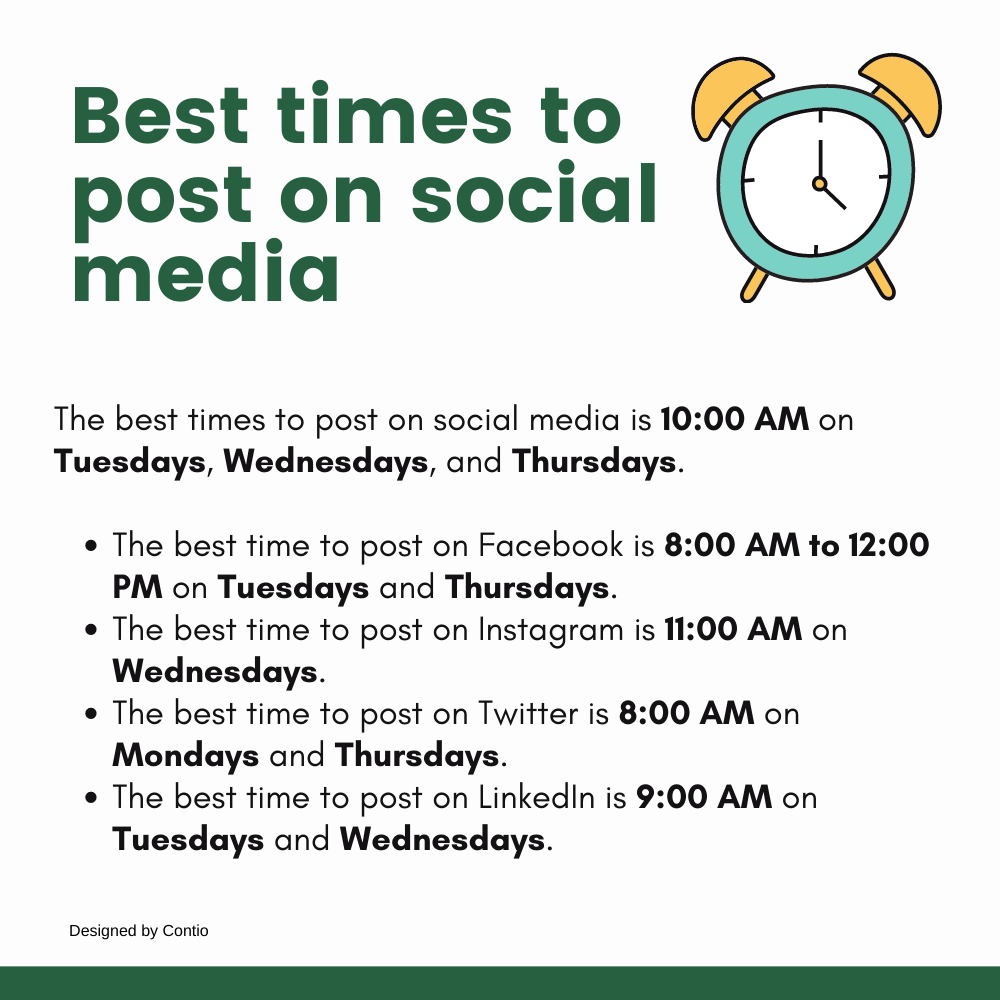
12) Evaluate the Success of Your Content Strategy
As content marketing is a continuous journey, it’s essential to pause and evaluate your content strategy now and then. Failure to assess your success will only leave you shooting blindly in the dark without knowing what’s working for you.
To evaluate your content strategy, refer back to the KPIs you developed for yourself earlier. Measure your outcomes against your goals to identify what’s working and needs further tweaking.
Evaluate, learn, and improve, and you’ll be well on your way to a marketing career you’ll be proud of.
Examples of Successful Content Strategies You Can Borrow for Your Website
You can develop one content strategy to boost SEO, help with sales enablement, and improve your authority simultaneously. To help with this, we’ve highlighted three brands that excel in using content marketing in each of these areas.
1. SEO and Authority: Neil Patel

Neil Patel has made a name for himself as an SEO guru in the content marketing industry. His content ranks high on search engines. How has he effectively boosted his website’s SEO and authority?
He writes about topics in his niche that people are highly interested in. For example, he writes about SEO (no surprise there), blogging, and digital marketing. Since these are topics that people are generally curious about, Google also records tons of searches related to these topics. Neil Patel boosts his ranking on search engines by sharing answers to people’s questions in these areas.
Neil Patel also presents his written content in short sentences and paragraphs. Short sentences and condensed paragraphs suit your blog, conveying conciseness and precision.
Finally, Neil Patel prioritizes quality over quantity. Despite having written over 4785 blog posts, he believes more content doesn’t necessarily translate to more traffic. He’s evaluated his blog posts to show that more than half of them don’t generate any visits per month.
Rather than churning out one blog post after another, Neil Patel advises bloggers to find keywords that both search engines and people love. Once they’ve identified these keywords, they should focus on writing quality posts around them.
Don’t burn out writing about anything and everything to do with your niche. If you do that, you’ll save a lot of energy and have little traffic boost to show for it.
2. Sales Enablement: Mailchimp
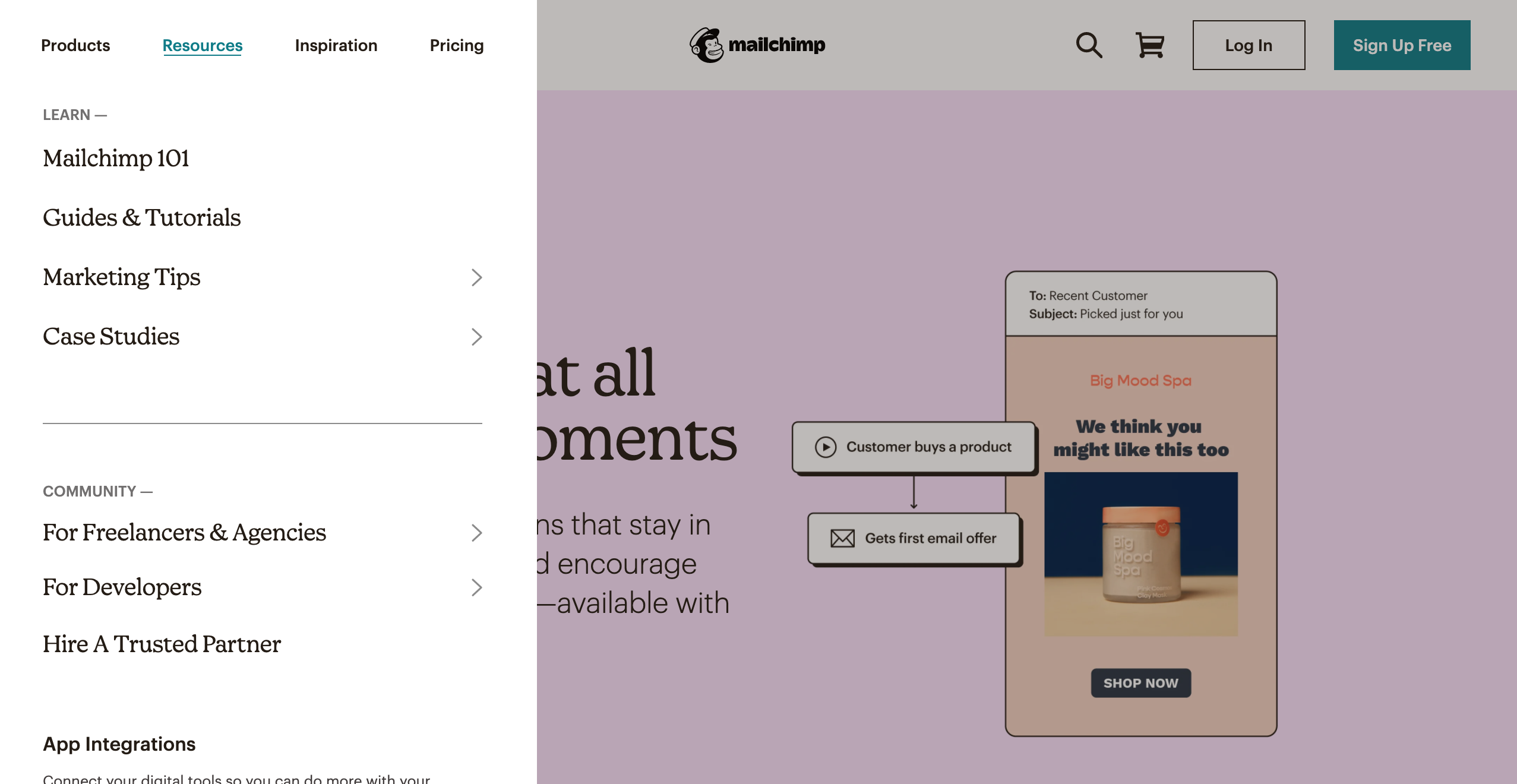
When you visit Mailchimp’s homepage, you’ll find a link to a blog filled with many tips to help with email marketing for your business. How does this content help Mailchimp with sales enablement?
In some of these articles, Mailchimp explains how their all-in-one integrated marketing platform for small businesses can help you do precisely what the article is showing you how to do.
Let’s assume you need help building a new website for your online store. This guide from Mailchimp walks you through every aspect of creating a new website, including how to use their website builder.
It’s a good idea to drop mentions of the solution they’re offering to solve your target audience’s pain points into your blog articles. Likewise, when you use your blog to position yourself as a thought leader in your niche, people are much more likely to buy into your solution.
3. Authoritativeness

Dyson’s Instagram account is an excellent example of an authoritative Instagram page. Their profile is filled with posts highlighting their products’ unique features.
Let’s look at one of their posts about a new vacuum that features a graph that counts the dust it sucks up.
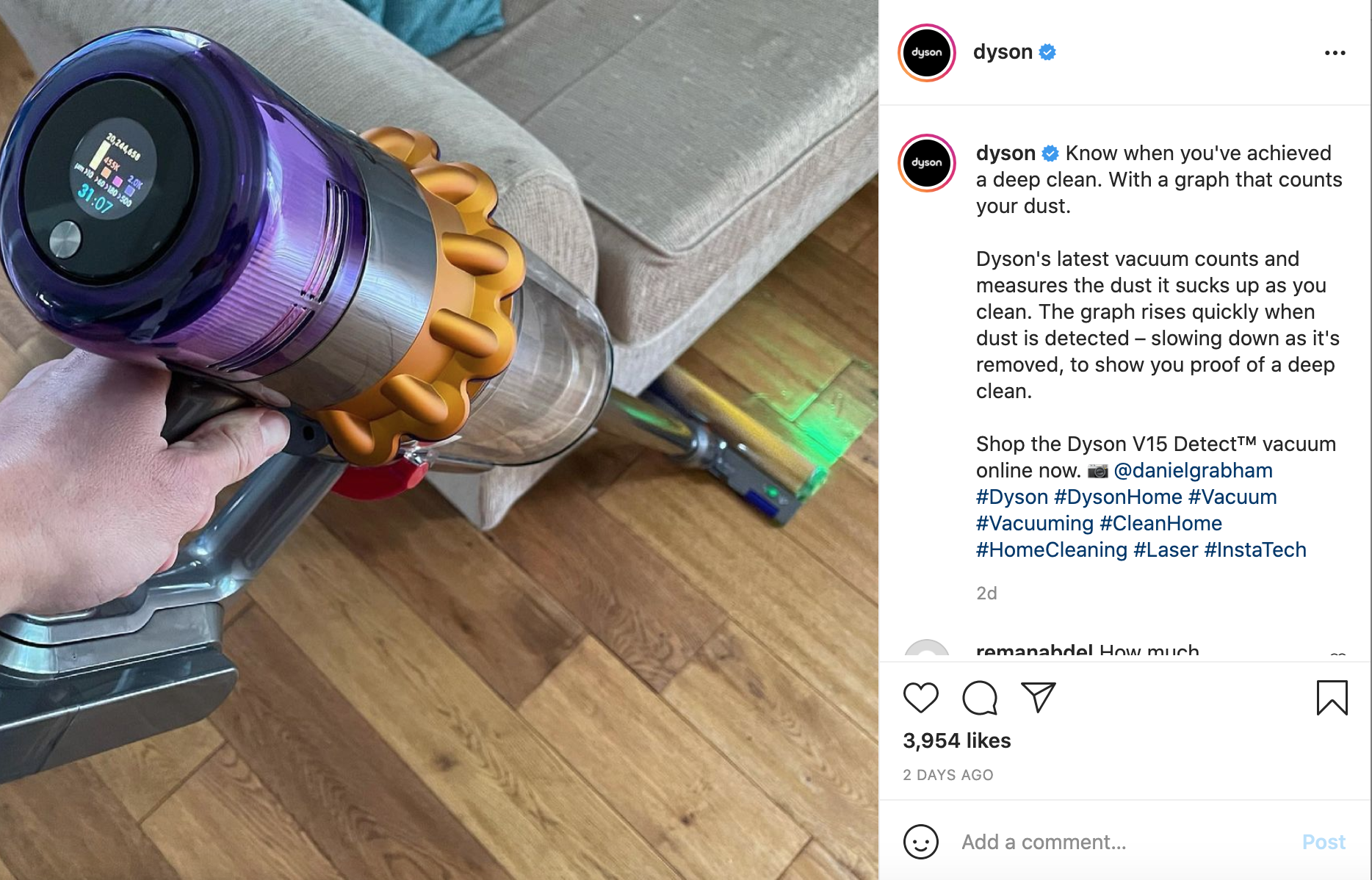
Look at this post about their air purifier, which you can connect to your smartphone.
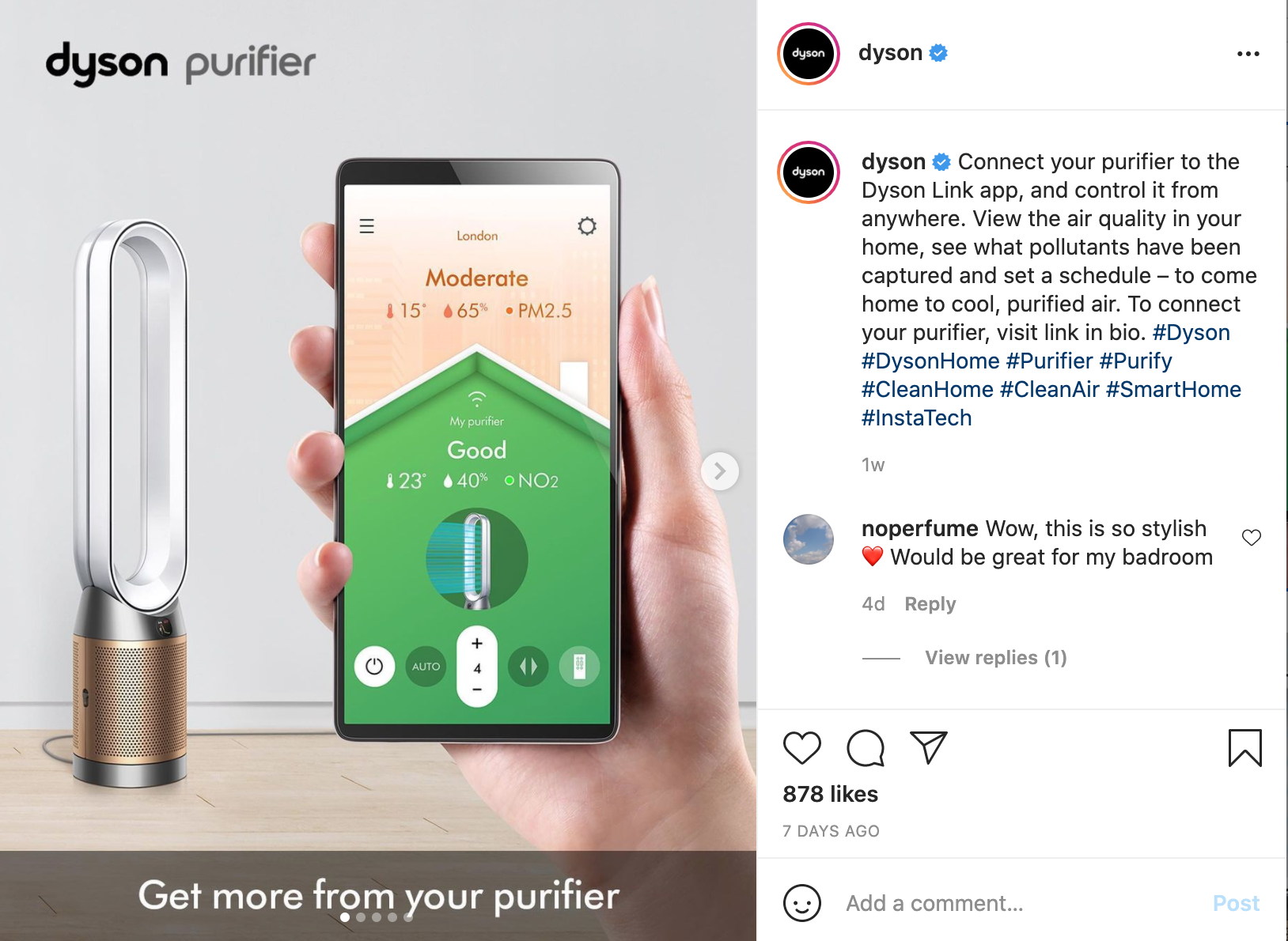
As you can see, Dyson wants to help you to “get more from your purifier.” If you need help connecting the air purifier, the post directs you to a more detailed guide on the Dyson website.
Their website also boasts a tab called “My Dyson.” This tab offers customers personalized manuals and guides, maintenance advice, and tailored support for their purchased products.
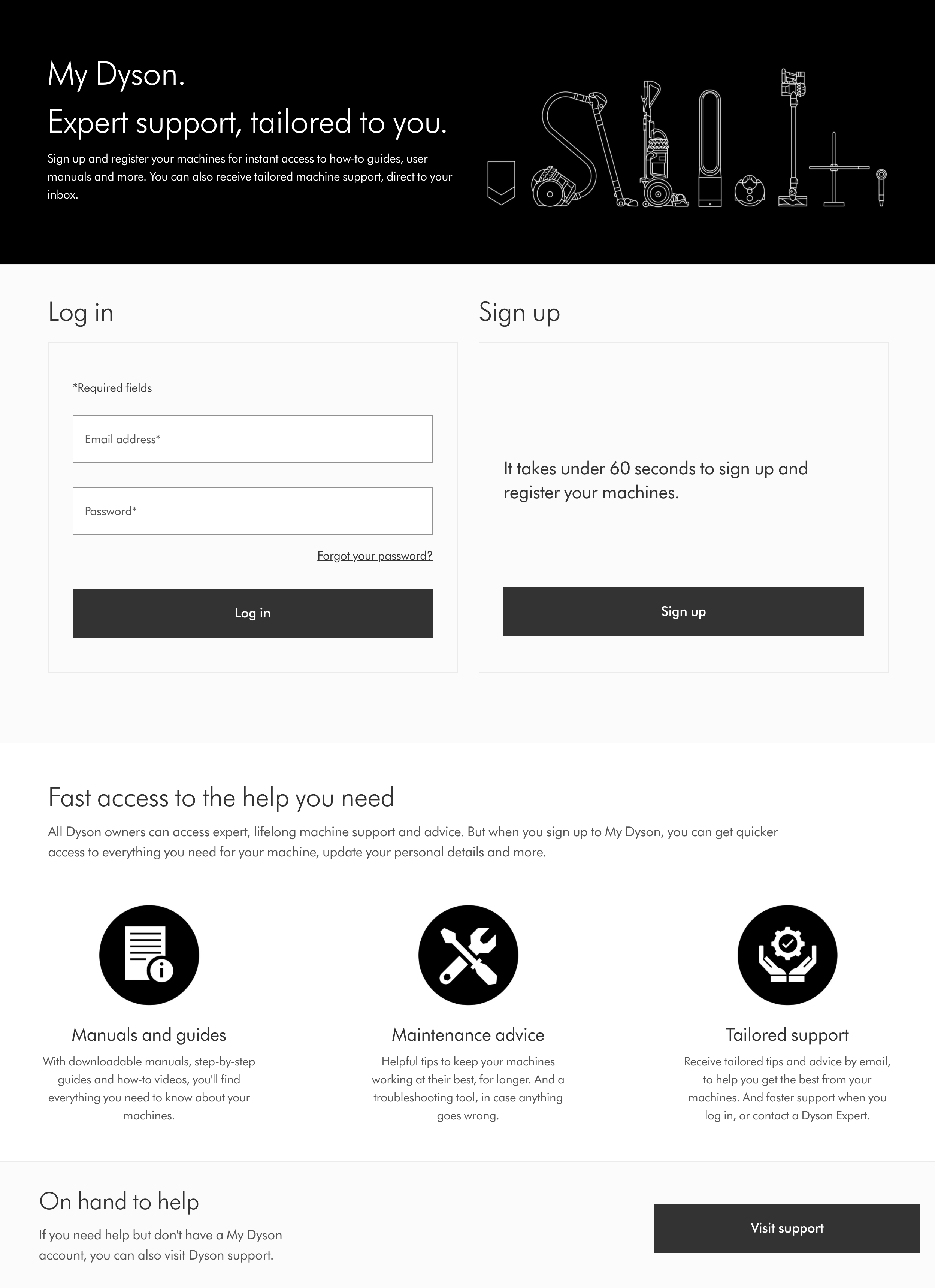
Dyson ensures customers stay long after purchasing by explaining how their products work, highlighting unique features and offering support.
If your website’s readers get such a level of detail for the products you promote, they’ll be more confident in the product you’re selling them.
Conclusion
Developing a content strategy on your endless to-do list may be unnecessary. However, a good plan can keep you focused and accountable for your business. After all, creating content without any strategy is like throwing stuff at the wall to see what sticks.
Poorly planned content marketing can quickly end in tears when you realize you’ve wasted time and energy on content that needs to be fixed. For this reason, developing a detailed content plan and following all the steps highlighted above is worthwhile.
